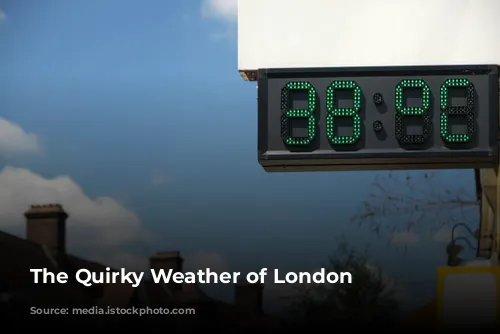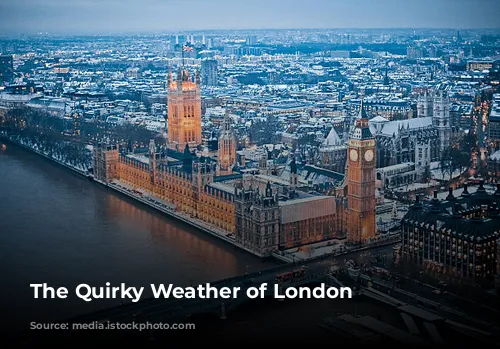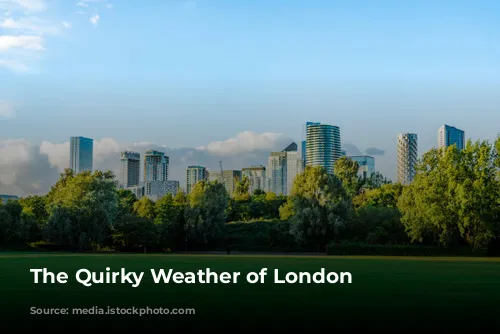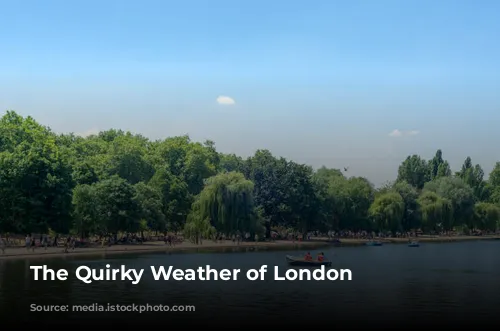London’s location, nestled at 51°30’ North, makes for a unique and fascinating experience with its unpredictable weather patterns. The city’s latitude significantly impacts the amount of daylight hours throughout the year, leading to dramatic shifts in daylight as seasons change.
Short, Dark Days in Winter
Imagine this: the clocks roll back in late October, and suddenly the days become shorter, marking the beginning of winter. By December, you’re leaving for work and coming home in the dark. The sun doesn’t rise until around 8 am, and it sets before 4 pm – a stark contrast to the long, sun-drenched days of summer. The lack of daylight can be a bit disheartening, especially for someone accustomed to California’s sunny climate.
Long, Bright Days in Summer
On the flip side, London’s long summer days can be equally bewildering. The sun rises as early as 4 am, with birds chirping even earlier. It’s almost impossible to sleep when the sunlight streams into your bedroom at 5 am. And forget about putting children to bed early – the sun doesn’t set until almost 9:20 pm in June! Even though these long summer days can be delightful, they can also make it difficult to maintain a regular sleep schedule.
Temperate Climate with Surprising Features
Despite its northern location, London enjoys a relatively mild climate due to the warm Gulf Stream, which brings warm water from the Caribbean to Western Europe. This makes London warmer than expected for its latitude. The average daytime temperature in January is around 8°C (46°F), while the average high in July reaches 22°C (73°F). While there are occasional summer days when the temperature surpasses 25°C (77°F) or even 30°C (86°F), London rarely experiences extreme cold or stifling heat.

The Ever-Present Rain
London’s weather is almost synonymous with rain. Even though the average rainfall isn’t exceptionally high (around 23 inches/58 centimeters annually), it seems to drizzle with great frequency. To stay dry, keep a compact umbrella or a waterproof jacket handy. While thunderstorms do occur occasionally, most of the rain is relatively light.

Snow: A Rare and Disruptive Visitor
Snow is a rare sight in London, much to the disappointment of its young residents. This is because the city generates a lot of heat from buildings and vehicles, making it challenging for snow to settle. When it does snow, it can bring London to a standstill. Both the Underground and train services face disruptions due to freezing weather and snow. The Underground, despite its name, isn’t entirely underground – some lines run above ground, leaving them vulnerable to snow and ice.
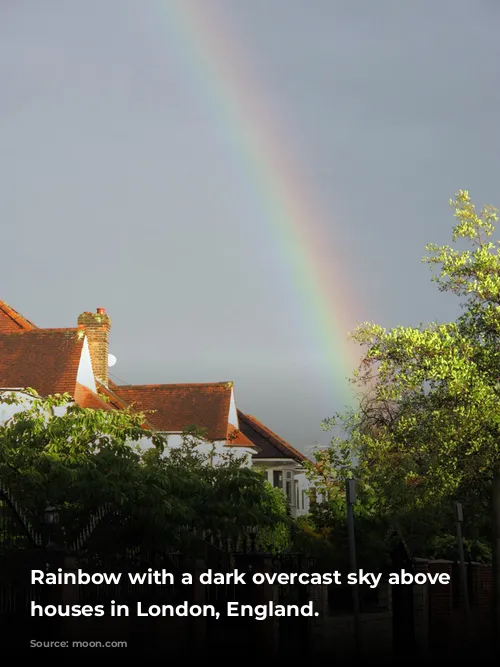
Snow’s Impact on Traffic
Traffic is another casualty when snow falls in London. Even a light snowfall can cause major disruptions, as many drivers are unfamiliar with driving in snowy conditions. Accidents and gridlock become commonplace, especially when drivers panic and try to navigate slippery roads.
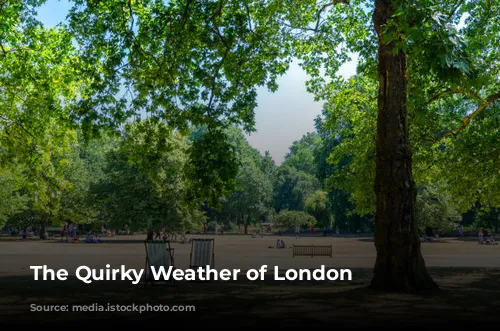
The Impact of Climate Change
London’s weather patterns may be undergoing changes. After a long stretch of mild winters, recent years have seen colder temperatures and wetter conditions. This shift could be part of long-term weather cycles or a sign of climate change. If the latter is true, London needs to be more prepared for the effects of wet or snowy weather.
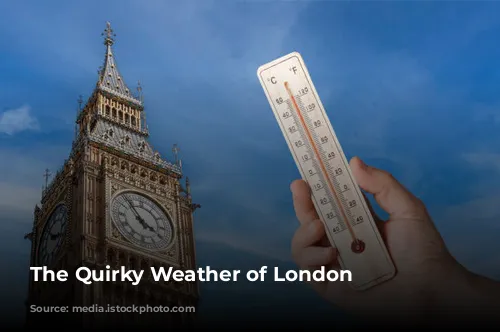
London’s Pleasant Summers
While London’s summers may not be scorching hot, they are nonetheless enjoyable. The city rarely experiences unbearably high temperatures; the hottest days usually reach the low 80s (F), creating a pleasant warmth. Londoners flock to the parks to soak up the summer sunshine. However, London homes aren’t typically equipped with air conditioning, which may come as a surprise to those used to sweltering summers.
London’s weather, with its unique blend of mild temperatures, frequent rain, and rare snowfalls, adds to the city’s charm and character. Despite the occasional challenges, London’s weather makes it a truly unique and engaging city to experience.
